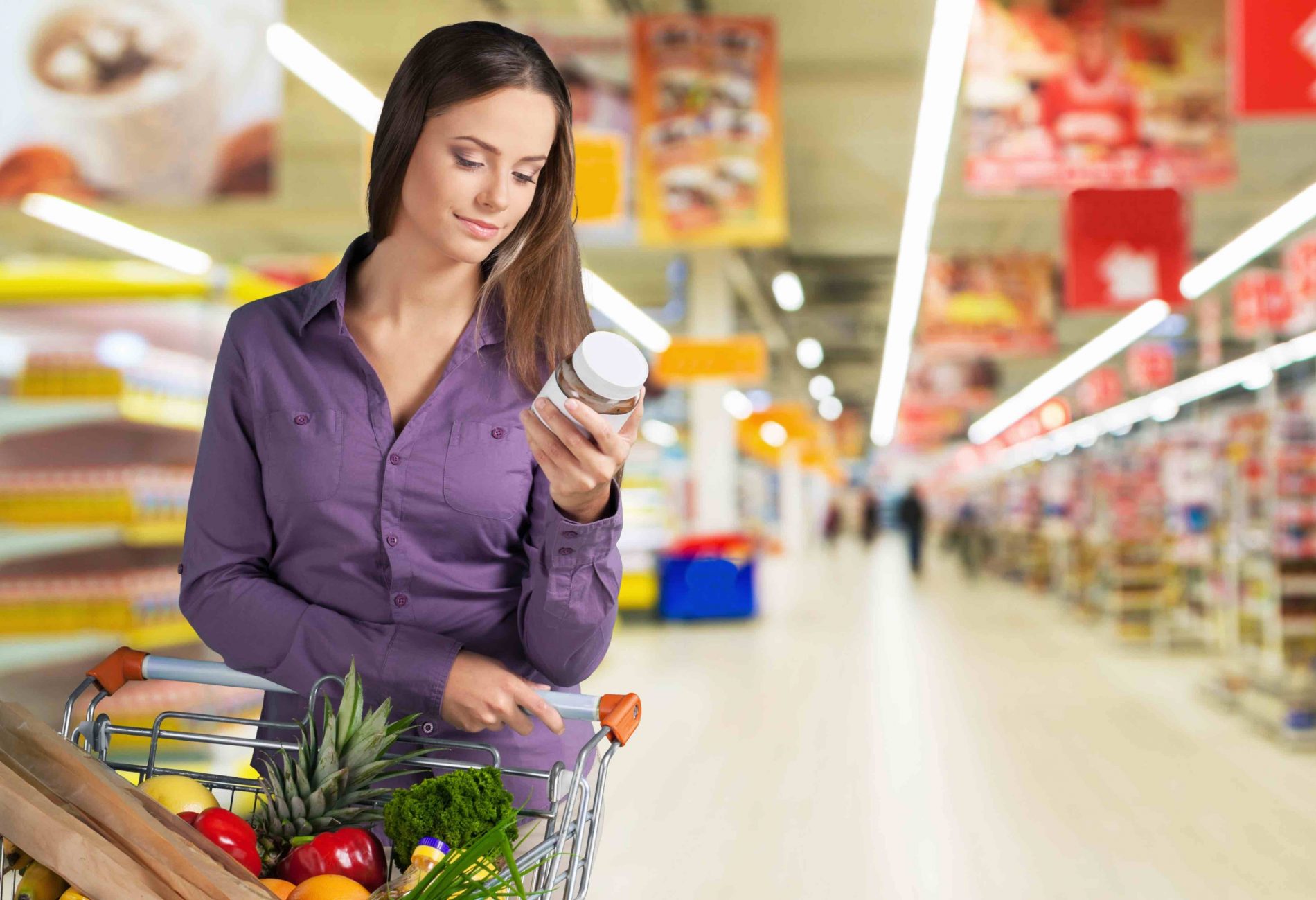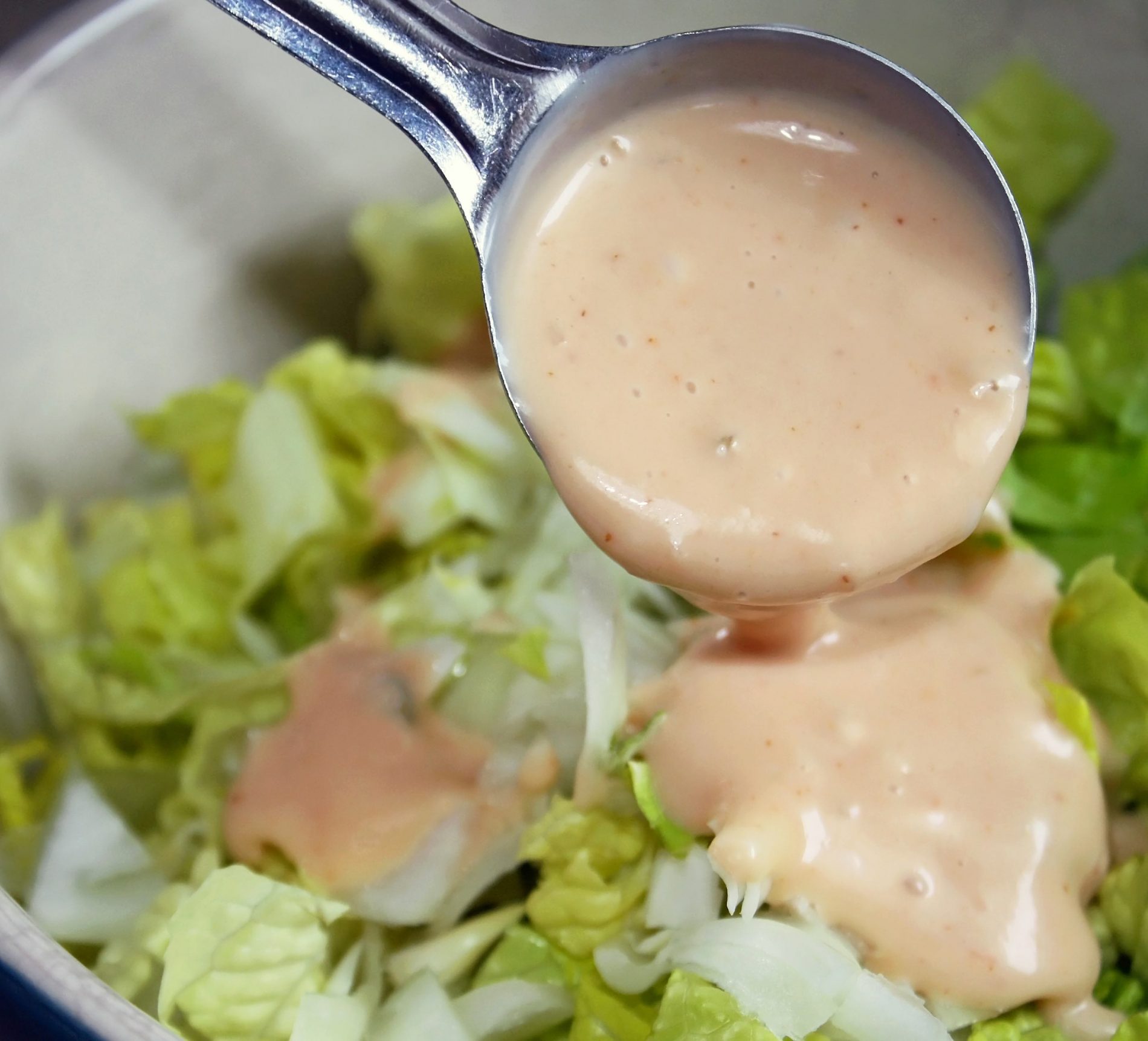Are you confident in your ability to read food labels?
Maybe you haven’t really taken the time to ever read a label properly before, or you are so overwhelmed by the information presented on the label that you just don’t bother.
It is time to get on the label reading train so you can be properly educated on what you are feeding your family and you can get in and out of the grocery store in half the time. No more staring at a label for 5 minutes trying to decipher if you should put it in your cart or not.
First off, it is critical to note that you won’t find a label on anything in the produce section of the grocery store – and this is where the majority of your food should be found!
The reason for that is that those foods haven’t been processed. The focus of your grocery shopping trip should be concentrated to the produce department, filling your cart full of wonderfully nutrient rich fruits and vegetables. It is important to be mindful on what produce should be purchased organically if funds and availability allow for it.
Leafy greens, strawberries, grapes, celery, and apples are some of the most highly sprayed crops and therefore should be purchased organically if possible.
As you move into the packaged food section of the grocery store, you will want to focus on the following tips to ensure you are reading labels properly.
1. Check the serving size first, and consider what a realistic serving size is for your family. In the case of most packaged products, the serving size is an unrealistic estimate of what a typical person would eat and therefore causes the caloric values, fat and sugar content to appear more acceptable.
2. Most people only focus on the top half of the label where you will find the caloric content and nutritional breakdown. While this information is important to know, the list of ingredients will be more helpful in determining just what additives might be present. Remember that the ingredients are listed in descending order based on their volume, so if a harmful item is listed as one of the first five ingredients then you may want to reconsider what you are buying.
3. Choose products with the fewest number of ingredients. But, also make sure that you know and feel comfortable eating what all the ingredients are.
4. Purchase frozen vegetables and fruit instead of canned to eliminate exposure to preservatives that are used in the canning process.
5. Beware of endorsements on products and clever marketing campaigns that make any special product claims. Just because a label claims it is sugar-free, diet, all natural or trans fat free doesn’t mean that it is healthy.
6. Finally, avoid ingredients like monosodium glutamate (MSG), artificial sweeteners (Splenda or aspartame), sodium nitrate, food dyes, high-fructose corn syrup, trans fats, refined grains, and any other items on the label that are almost impossible to pronounce.
By following these tips, a trip to the grocery store should be a lot less confusing and time consuming. Remember that life isn’t perfect, and neither will your grocery shopping experience be.
Select products that are as close to natural as you can and always keep your eyes open for higher quality alternatives.
Jo-Anne Richardson has almost a decade of experience managing a chiropractic office and educating patients on how chiropractic can allow your body to express optimal health. She is a Registered Holistic Nutritionist and holds a Degree in Communications. She loves to experiment with raw vegan recipes, loves to salsa dance, travel and learn new holistic health information to share tips with everyone who visits the office.


